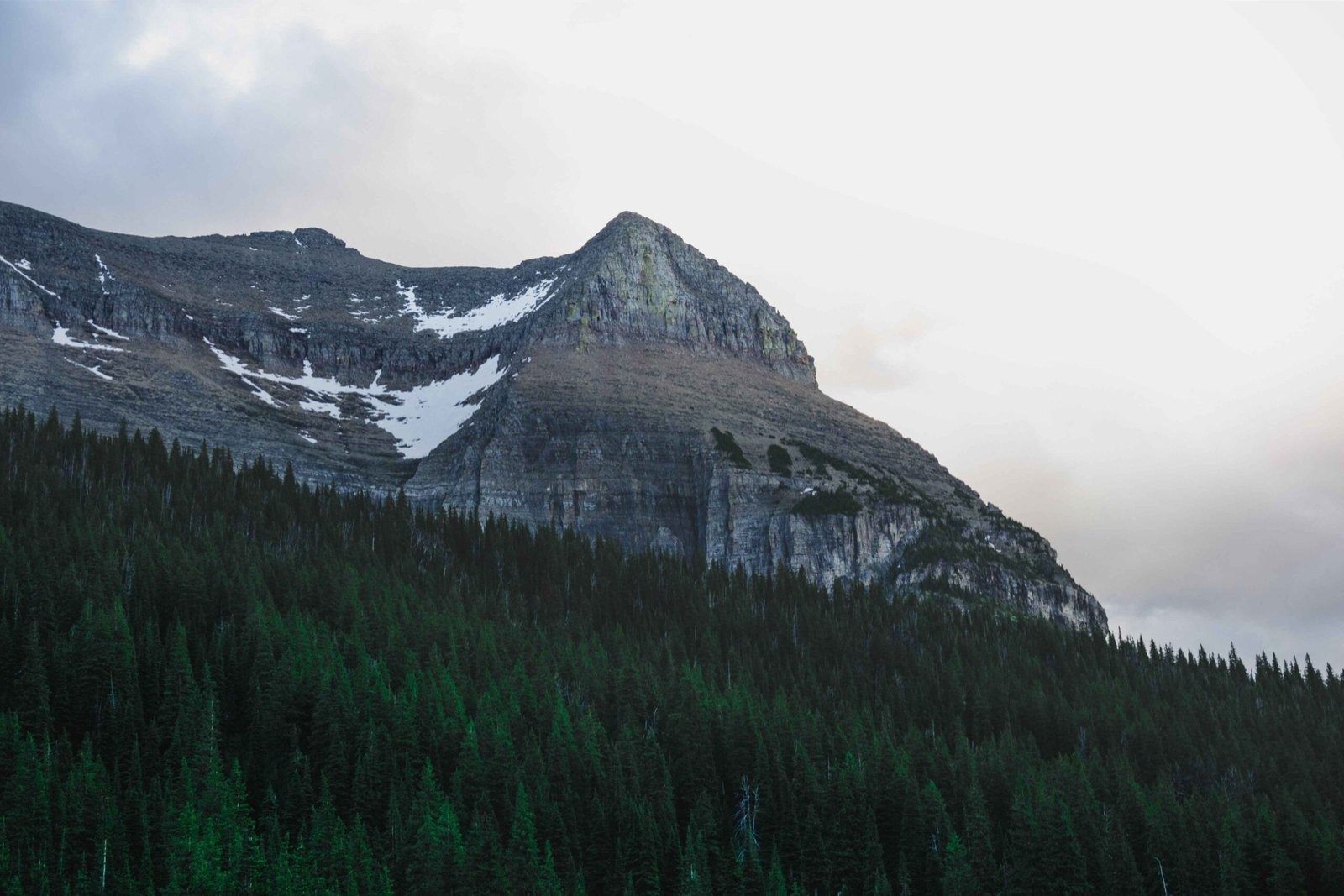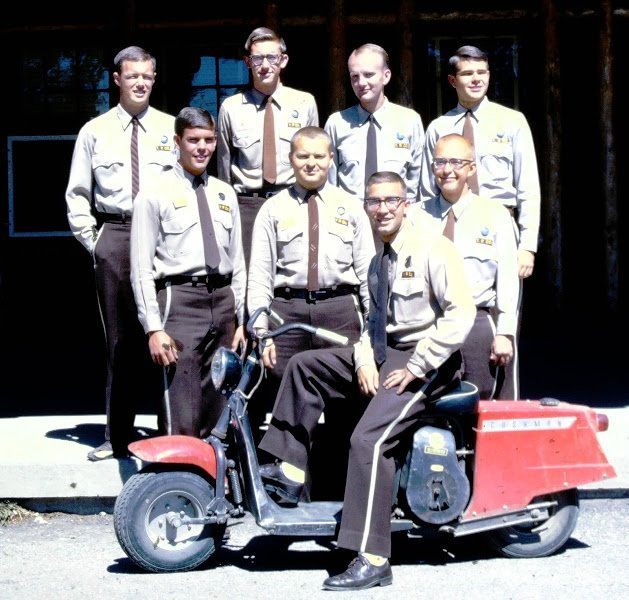Glacier National Park in Montana offers a breathtaking opportunity to witness the aurora borealis, also known as the Northern Lights. This natural phenomenon paints the night sky with vibrant colors, creating a mesmerizing display visible from various locations within the park. The best time to see the aurora borealis in Glacier National Park is typically from September to April, with peak viewing opportunities during the darker winter months. Visitors can enjoy this celestial spectacle from accessible spots like Lake McDonald or more remote areas such as Bowman and Kintla Lakes.
Where Can You See the Aurora Borealis in Glacier National Park?

Glacier National Park provides several prime locations for viewing the aurora borealis:
- Lake McDonald
- Bowman Lake
- Kintla Lake
- Looking Glass Road (Highway 49)
- Polebridge & North Fork Road
Each location offers unique advantages for aurora viewing:
| Location | Accessibility | Light Pollution | Best Features |
|---|---|---|---|
| Lake McDonald | High | Low-Moderate | Reflections on water, easy access |
| Bowman Lake | Low | Very Low | Secluded, dark skies |
| Kintla Lake | Very Low | Minimal | Remote, pristine views |
| Looking Glass Road | Moderate (summer only) | Low | Multiple lookout points |
| Polebridge | Low | Minimal | Rustic charm, nearby amenities |
When Is the Best Time to View the Aurora Borealis in Montana?

The aurora borealis is visible in Glacier National Park throughout the year, but certain conditions enhance the viewing experience:
- Peak Months: September to April
- Optimal Hours: Late evening to early morning
- Ideal Conditions: Clear, dark nights with minimal cloud cover
What Factors Influence Aurora Visibility?
Several factors affect the visibility of the aurora borealis:
- Solar activity
- Geomagnetic storms
- Moon phase
- Weather conditions
- Light pollution
To maximize your chances of seeing the Northern Lights, consider using aurora forecasting apps and websites that track these factors.
How Can You Photograph the Aurora Borealis in Glacier National Park?
Capturing the aurora borealis requires specific equipment and techniques:
What Camera Equipment Do You Need?
- DSLR or mirrorless camera with manual settings
- Wide-angle lens (14-24mm recommended)
- Sturdy tripod
- Remote shutter release or intervalometer
- Extra batteries (cold weather drains them quickly)
What Are the Recommended Camera Settings?
For optimal aurora photography:
- Aperture: f/2.8 or wider
- ISO: 800-3200 (adjust based on aurora brightness)
- Shutter Speed: 10-30 seconds
- Focus: Manual, set to infinity
- White Balance: Auto or 3500K-4500K
Are There Guided Aurora Borealis Tours in Glacier National Park?
While there are no specific aurora-focused tours within Glacier National Park, several options can enhance your Northern Lights experience:
- Photography Workshops: Some local photographers offer workshops that include aurora viewing and photography tips.
- Night Sky Programs: The park occasionally hosts ranger-led programs about the night sky, which may include aurora information.
- Custom Tours: Some tour operators may offer customizable experiences that can include aurora viewing if conditions are favorable.
What Should You Consider When Planning an Aurora Viewing Trip?
- Flexibility: Aurora activity is unpredictable, so plan for multiple nights if possible.
- Accommodation: Choose lodging near your preferred viewing spots.
- Transportation: Ensure your vehicle is suitable for potentially rough roads.
- Safety: Familiarize yourself with park rules and wildlife safety.
- Warm Clothing: Prepare for cold temperatures, especially during peak viewing months.
What Makes Glacier National Park Unique for Aurora Viewing?
Glacier National Park offers a combination of features that make it an exceptional location for aurora borealis viewing:
- Dark Skies: The park’s remote location minimizes light pollution.
- Diverse Landscapes: From lakes to mountains, the park provides stunning foregrounds for aurora photography.
- Accessibility: While some spots are remote, others like Lake McDonald are easily reachable.
- Year-round Opportunity: The park’s northern latitude increases chances of aurora sightings throughout the year.
How Can You Prepare for an Aurora Viewing Experience in Glacier National Park?
To make the most of your aurora borealis viewing in Glacier National Park:
- Check Aurora Forecasts: Use apps like Aurora Alert or websites like SpaceWeatherLive.com.
- Plan Your Location: Research and choose your viewing spot in advance.
- Arrive Early: Set up before darkness falls to familiarize yourself with the area.
- Bring Supplies: Pack snacks, water, and extra layers of clothing.
- Minimize Light Use: Allow your eyes to adjust to the darkness for better viewing.
- Be Patient: The aurora can be elusive, so be prepared to wait.
What Other Night Sky Features Can You Observe in Glacier National Park?
While waiting for the aurora borealis, you can enjoy other celestial sights:
- Milky Way (best viewed in summer)
- Constellations
- Planets
- Meteor showers (periodic events throughout the year)
Glacier National Park’s dark skies make it an excellent location for general stargazing as well as aurora viewing.
By following these guidelines and tips, you can maximize your chances of experiencing the awe-inspiring aurora borealis in Montana’s Glacier National Park. Remember to respect the park’s rules and environment while enjoying this natural wonder.
References:
1. https://glacierbearcabin.com/the-northern-lights-in-glacier-national-park/
2. https://www.jennifervernarskyphotography.com/blog/northern-lights-glacier-national-park/
3. https://smokybear.com/the-best-time-to-see-northern-lights-in-glacier-national-park/